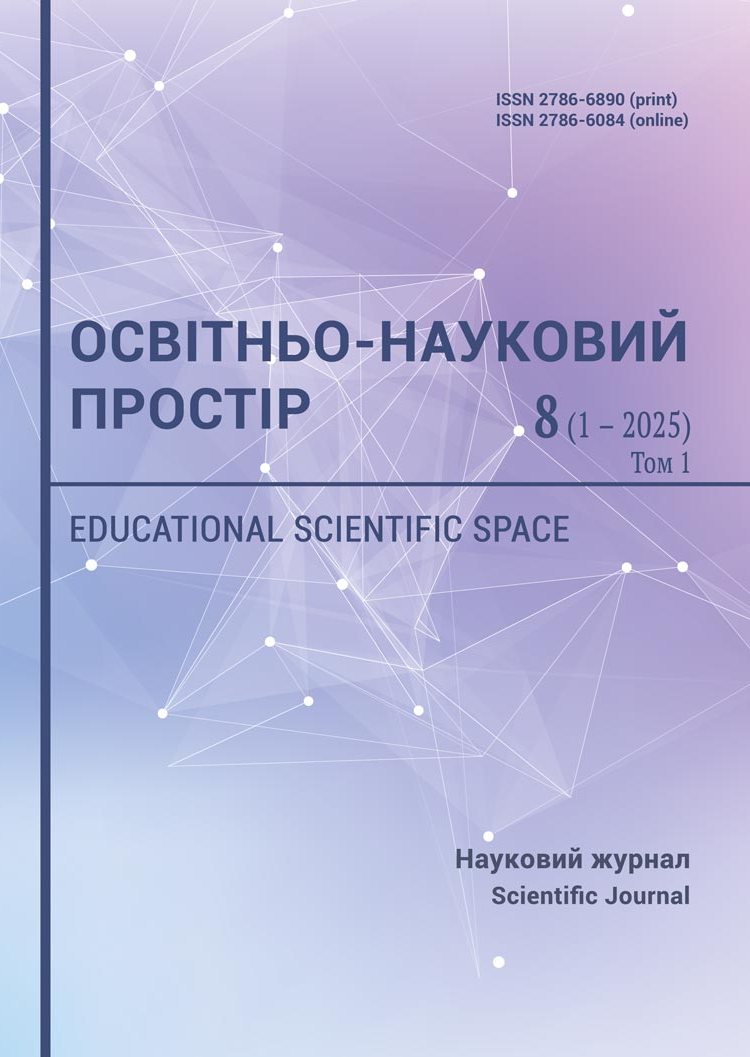Methods for developing creativity in future artists within professional training systems in higher education
DOI:
https://doi.org/10.31392/ONP.2786-6890.8(1)/1.2025.13Keywords:
creativity, fine arts, methods for developing creativity, creative tasks, professional training of future artists, teaching methodology for fine arts in higher education institutionsAbstract
This article presents the results of an experimental study on methods for developing creativity in future artists within the professional training system at higher education institutions. The phenomenon under study is interpreted as a relatively stable characteristic of the artist’s personality, manifesting as creative talent, and an ability for creativity that is reflected in original products and non-standard thinking. Three primary methods for fostering creativity in students at higher art education institutions have been identified and characterized: the reproductive method for stimulating creative activity, productive methods involving creative situations, and educational-creative tasks. A distinctive feature of the studied methodology is the foundation of the educational process on principles of microlearning, spaced repetition, and alternation. The methodology for quantitative analysis of the formative experiment’s results was based on the completion of a creative diagnostic task, «Three Lines,» by students enrolled in the first bachelor’s level program «Fine Arts» (28 second-year students) during their study of mandatory educational components such as «Composition,» «Drawing,» and «Painting» at the Pedagogical Faculty of the Drahomanov Ukrainian State University in 2022-2024. Statistical analysis of the relationship between the two categorical variables of the obtained results was carried out using the χ²-test (chi-square test) to determine significant differences between the results at the beginning and the end of the formative experiment according to the distribution of levels.
The results of the experimental study demonstrated that these groups of methods, within a justified context, stimulate students’ creative search, their generation of original plastic ideas and artistic images, and foster the future artist’s emotional and value-based attitude towards artistic activity, grounded in the development of professional interest. The study’s findings lead to the conclusion that the proposed methods for developing students’ creativity within the professional training system at higher art education institutions are effective, providing a foundation for innovation, interdisciplinarity, emotionality, personalization, and adaptability in the modern artist.

